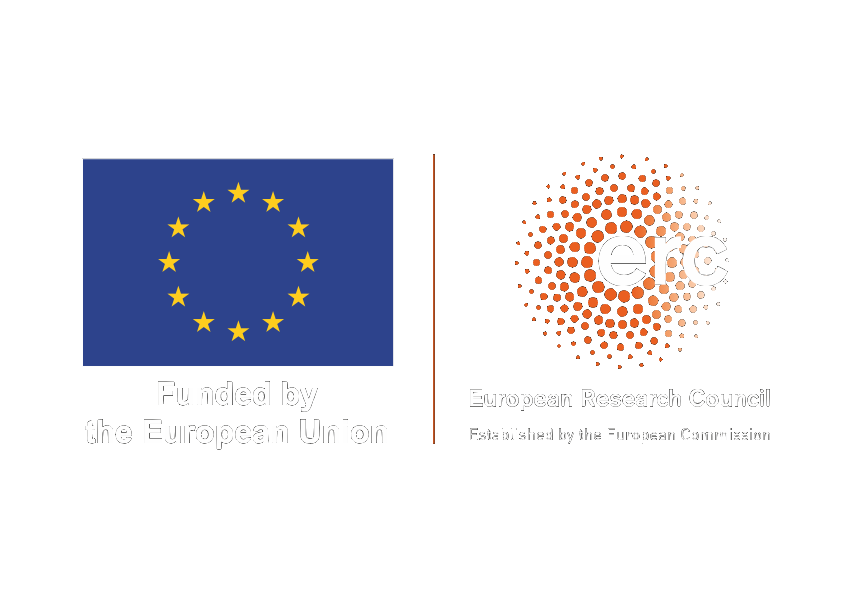The NEXT experiment

The NEXT-White detector in the Canfranc Underground Laboratory
The NEXT experiment is an international collaboration that searches for an ultra-rare nuclear process called neutrinoless double-beta decay. The detector is located at the Canfranc Underground Laboratory (LSC) in Canfranc, Huesca (Spain), under mount Tobazo.
NEXT stands for Neutrino Experiment with a Xenon TPC. The detection concept consists of a Time Projection Chamber filled with high-pressure gaseous Xenon (HPXe-TPC), which exploits the electroluminescence process for the detection of the signal. The detector provides separated-function capabilities for calorimetry and tracking.
The observation of the neutrinoless double-beta decay (0νββ) would prove that neutrinos are their own antiparticles, making them the only Majorana particle in the Standard Model. This property, in turn, would provide an experimental evidence for some theories which are able to explain why the universe is predominantly made of matter and not of antimatter.
Currently, the collaboration is completing NEXT-100 detector commissioning, which should start taking data in the spring of 2024. Comprising an intermediate state before the ton-scale generation, it is meant to understand technical solutions at large scale, validate background model, and provide an additional physics measurement for 0νββ searches.
However, the null results in the 0νββ search by current-generation experiments point towards sensitivities that can only be achieved with both huge exposures and quasi-background-free experiments. Within the NEXT program, two different approaches will try to fulfill these conditions:
- NEXT-HD will follow NEXT-100, increasing by a factor 10 its fiducial mass and implementing some changes in the design: it will be a symmetric device comprising two twin back-to-back TPCs.
- NEXT-BOLD program will include a barium tagging technique, that would allow to detect the presence of Ba++ ions, daughter nuclei in 136Xe 0νββ decays. This achievement, in combination with an excellent energy resolution, would convert NEXT into an almost background-free experiment.
The DIPC is one of the leading institution of the collaboration and is deeply involved in the
construction of NEXT-100 and in the R&D process for NEXT-HD and NEXT-BOLD.
The NEXT-BOLD project is funded by the ERC Synergy Grant ERC-2020-SyG - 951281 - BOLD.

Recent publications
-
Neutral Bremsstrahlung Emission in Xenon Unveiled , Phys.Rev.X 12 (2022) 2, 021005, 2202.02614 [physics.ins-det], 10.1103/PhysRevX.12.021005 -
Boosting background suppression in the NEXT experiment through Richardson-Lucy deconvolution , JINST 17 (2022) 01, C01014, 10.1088/1748-0221/17/01/C01014 -
Measurement of the 136Xe two-neutrino double-β-decay half-life via direct background subtraction in NEXT , Phys.Rev.C 105 (2022) 5, 055501, 2111.11091 [nucl-ex], 10.1103/PhysRevC.105.055501 -
The dynamics of ions on phased radio-frequency carpets in high pressure gases and application for barium tagging in xenon gas time projection chambers , Nucl.Instrum.Meth.A 1039 (2022), 167000, 2109.05902 [physics.ins-det], 10.1016/j.nima.2022.167000 -
Demonstration of background rejection using deep convolutional neural networks in the NEXT experiment , JHEP 01 (2021) 189, 2009.10783 [physics.ins-det], 10.1007/JHEP01(2021)189 -
Dependence of polytetrafluoroethylene reflectance on thickness at visible and ultraviolet wavelengths in air , JINST 15 (2020) 11, P11031, 2007.06626 [physics.ins-det], 10.1088/1748-0221/15/11/P11031 -
Sensitivity of the NEXT experiment to Xe-124 double electron capture , JHEP 21 (2020) 203, 2006.07320 [hep-ex], 10.1007/JHEP02(2021)203 -
Sensitivity of a tonne-scale NEXT detector for neutrinoless double beta decay searches , JHEP 2021 (2021) 08, 164, 2005.06467 [physics.ins-det], 10.1007/JHEP08(2021)164
